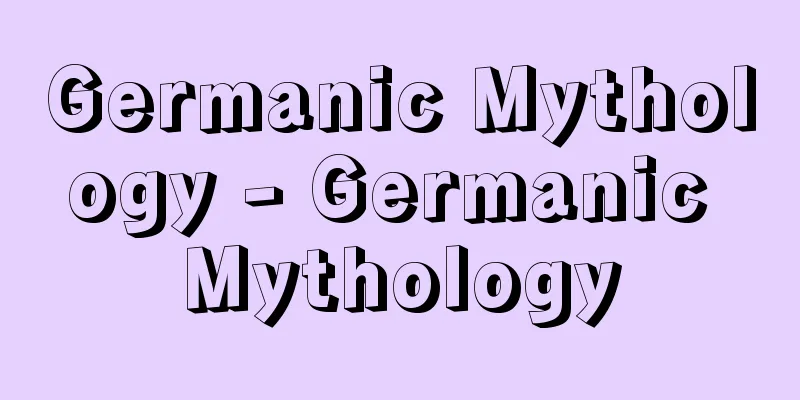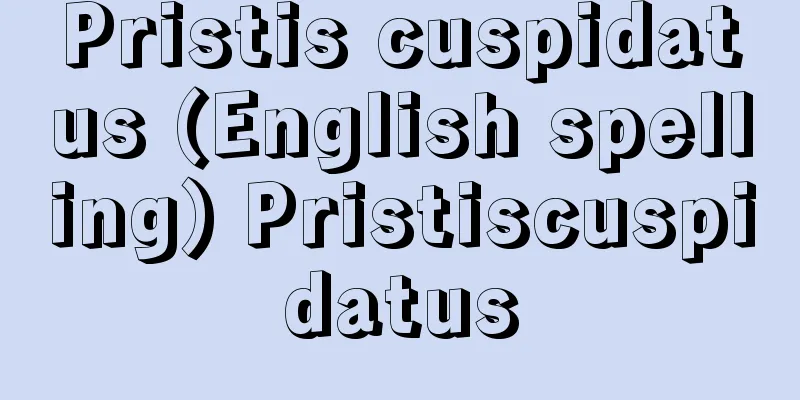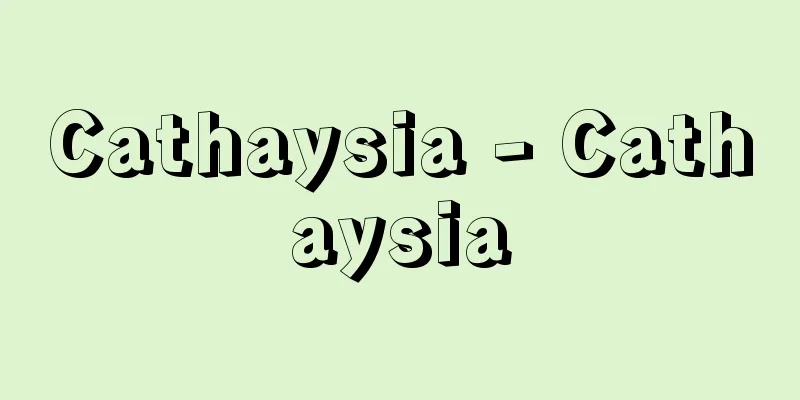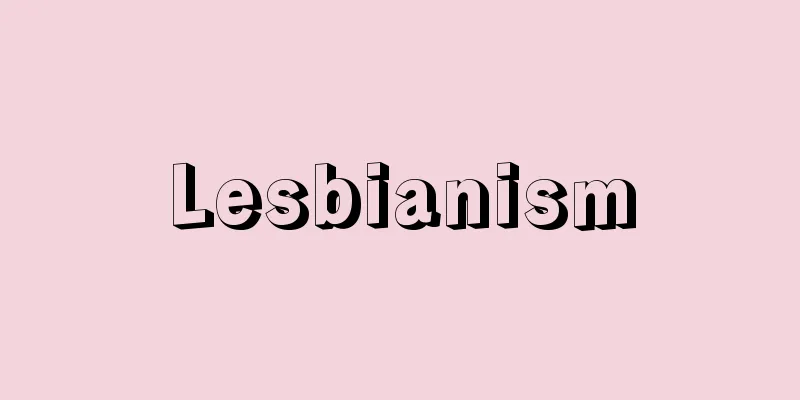Germanic Mythology - Germanic Mythology

|
A mythology shared by all the Germanic peoples. However, since there are no documents left that allow us to see the whole picture, we can only make inferences from Scandinavian documents, mainly the Edda. Germanic mythology is one of the two major mythologies in Europe, along with Greek and Roman mythology. Strictly speaking, it should be called Norse mythology. The original forms of belief and mythology of the Germanic tribes who lived in the southern part of the Scandinavian Peninsula and along the Baltic Sea coast before the Common Era are not well understood, even from archaeological remains such as rock paintings and tombs. The Germanic peoples, who came into contact with the Romans in the south, were eventually shed light on by Roman records. In Caesar's "Commentary on the Gallic War" from the 1st century BC, it is stated that the Germanic people worshipped only the sun, fire, and moon as gods, and in the great historian Tacitus's "Gallic War" from the 1st century AD, the existence of gods equivalent to the Roman Mercury, Hercules, and Mars, and sacrifices to them are mentioned. However, these are merely fragmentary descriptions, and England and Germany, which were Christianized early on, had already adopted the position of abandoning paganism by the time of the 8th century when documents were written. For this reason, in order to understand the mythology of the Germanic peoples, we have no choice but to rely on the records of the North Germanic peoples, who were Christianized relatively late and who still retained strong pagan beliefs and customs, especially Old Norse documents such as the Edda, Skaldic poems, and Sagas. Snorri of Iceland in the 13th century was probably the first to attempt to systematically describe the Germanic gods. [Yukio Taniguchi] "Edda - A Collection of Ancient Nordic Songs, translated by Yukio Taniguchi (1973, Shinchosha) " "Germanic and Celtic Mythology, by Tonnula, Roth, and Gillan, translated by Shigeru Shimizu (1960, Misuzu Shobo)" [References] |Source: Shogakukan Encyclopedia Nipponica About Encyclopedia Nipponica Information | Legend |
|
ゲルマン民族全体のもつ神話。しかしその全貌(ぜんぼう)をうかがうに足る資料は残されていないため、『エッダ』を中心とする北欧の資料から推定されるにすぎない。ゲルマン神話は、ギリシア・ローマ神話とともにヨーロッパの二大神話をなす。厳密には北欧神話というべきである。紀元前のスカンジナビア半島南部およびバルト海沿岸に居住していたゲルマン種族が、元来どのような信仰形態や神話を有していたかは、残された岩絵や墳墓のような考古学的遺跡からしてもよくわかっていない。南方のローマ人と接触したゲルマン人がやがてローマ側の記録により光を当てられることになり、紀元前1世紀のカエサルの『ガリア戦記』では、ゲルマン人が太陽や火や月だけを神として崇拝していたことが、また紀元後1世紀の大歴史家タキトゥスの『ゲルマニア』では、ローマのメルクリウス、ヘラクレス、マルスにあたる神々の存在とそれらへの供犠が触れられている。しかしこれらは片々たる叙述にすぎず、早くからキリスト教化したイギリスやドイツでは8世紀の文献時代に入るころ、すでに異教を破棄する立場にたっていた。このためゲルマン民族の神話を知るには、キリスト教化が比較的遅れ、異教の信仰や習俗をまだ濃厚に残していた北ゲルマン人の記録、とくに『エッダ』『スカルド詩』『サガ』などの古ノルド語の文献に頼らざるをえない。ゲルマン人の神々を組織だてて叙述しようとしたのは、13世紀アイスランドのスノッリがおそらく最初であろう。 [谷口幸男] 『谷口幸男訳『エッダ――古代北欧歌謡集』(1973・新潮社)』▽『トンヌラ、ロート、ギラン著、清水茂訳『ゲルマン・ケルトの神話』(1960・みすず書房)』 [参照項目] |出典 小学館 日本大百科全書(ニッポニカ)日本大百科全書(ニッポニカ)について 情報 | 凡例 |
<<: Germanic Tribal Law (Germanic Tribal Law) (English: Volksrechte)
>>: Germanic people (English spelling) Germanen
Recommend
Flaccus Albinus (English spelling) FlaccusAlbinus
…theologian and writer at the court of Charlemagn...
Kenzo Iwahara
…The naval authorities set up an investigative co...
Erythematodes (English) German
Lupus erythematosus is also called lupus erythema...
Kara pottery
...The crown hat was influenced by Goguryeo cultu...
Antares - Antares (English spelling)
The proper name of the alpha star in the constell...
Jump Music
A type of dance music with a strong beat that some...
The bal du comte d'Orgel (English: The bal du comte d'Orgel)
…His literary fame suddenly rose with the publica...
Arab Heavy Industry
…Fishing has traditionally been the mainstay of t...
Welsh Mountains - Wales Mountains
...(5) Midland Highlands: A hilly region eroded b...
Castel Sant'Angelo - Castel Sant'Angelo
A circular fortress on the right bank of the Tiber...
Lead pipe - Enkan (English spelling)
Lead pipes. Flexible and easy to join, they are us...
credenda
…The rise of the Nazis and Italian Fascism arouse...
Hypothesis Experiment Lesson - Hypothesis Experiment Lesson
A class organized around a series of steps: predic...
King, Cecil
…On the other hand, the achievements of modern sc...
Clam Shop Alley - Clam Shop Alley
…The formation of town houses began at the end of...









